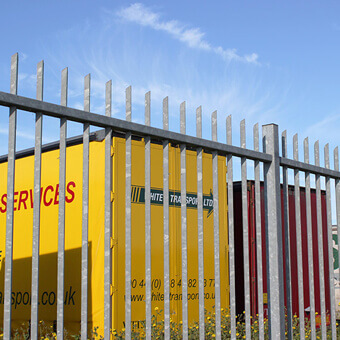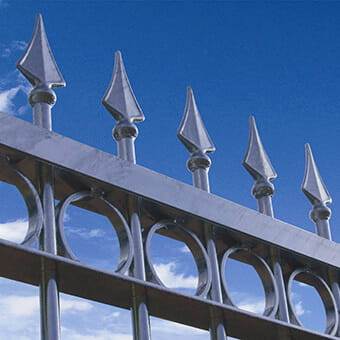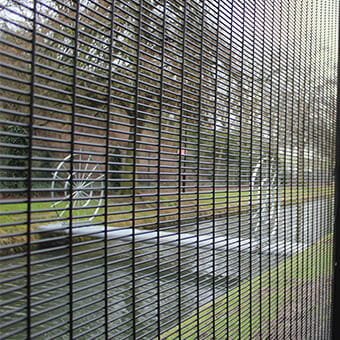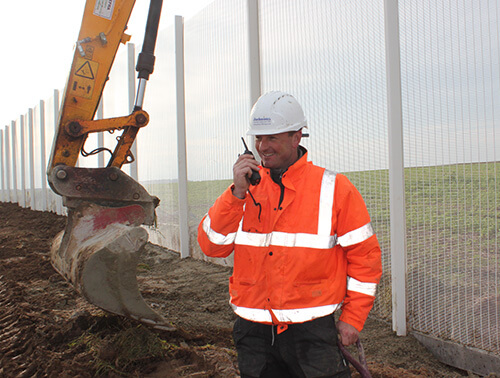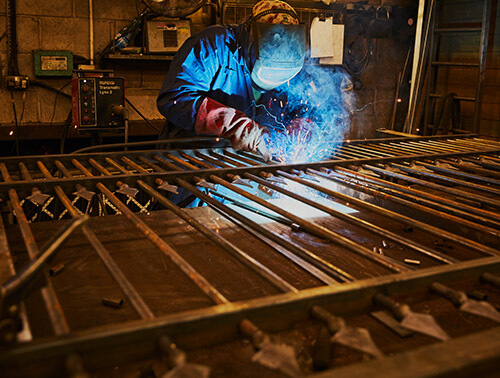Our other sites:
The dangers of incorrectly installed or inadequately maintained electric gates have been well publicised in the media. Events in recent years have seen a Yorkshire company brought to justice after the Health and Safety Executive (HSE) found their negligence caused the death of a six-year-old, who was crushed by a car-park gate.
Automatic or electric gates are classed as machinery, and can lead to people being seriously injured or killed if they become trapped during its operation, or if the gate disconnects from its safety mechanisms. As such, there is only one way to have a safe gate on-site and that is for it to be manufactured in accordance with regulation, and installed and maintained properly.
If you’re planning on installing an electric gate, or if you’ve installed one already, here are some vital guidelines to ensure that it has a completely safe, long lifespan.
Finding a trusted installer
Unfortunately, there are many gate installers in the field who promote themselves as automated gate professionals, but lack the relevant experience and expertise to deliver a safe and compliant gate. This is largely due to the fact that there are no formal professional qualifications that must be achieved before a tradesperson can practise as an installer. Ensure that the installer you choose can provide the credentials that they will install to safe and current standards, and are registered. At Jacksons, our gate automation engineers are all trained to a minimum of DHF level 2. You can access their national register of installers and make sure the professional installing your automated gate has the certified skill to do so.
Legally compliant electric gates
A gate needs to be UKCA/CE marked to be legally compliant. This shows that the manufacturer has checked that it complies with safety, health, and environmental requirements, and legislation. Whether it’s a swing or sliding gate, a rising arm barrier, a bi-folding or telescopic sliding gate, it’s a piece of machinery and therefore must comply with the Supply of Machinery (Safety) Regulations 2008, which guarantees a high level of protection for workers and citizens.
An automatic gate should feature a minimum of two different types of safety device. Photocells or light curtains and pressure edges should be installed on every gate or barrier, and the idea that force limitation is an acceptable form of safety when not relying on safety edges should never be practised.
We strongly advise specifiers and site owners to be wary of ‘automated gate kits’, which make it possible (with varying degrees of success) to transform regular gates into electric machines. All too often, the suppliers of these kits have little or no installation experience, and offer no specialist guidance when the item is purchased, resulting in an unreliable and highly dangerous device.
Risk assessment and ongoing maintenance
In order to achieve full compliance, an electric gate should undergo a full risk assessment. British Standards should be used to guide the risk-assessment process, identifying the various potential risks. There are a number of current standards that are relevant to powered gates, including: BS EN 13241-1 (the product standard for powered doors and gates), BS EN 12453 & BS EN 12445 (requirements and tests for powered gates) and BS EN 12635 (on installation and use).
Ensure that automated gates undergo regular maintenance inspections, at a minimum frequency of every six months. The physical environment in which the gate is operating should also be inspected; for example, if the photocells become cluttered by litter or snow, the safety of the gate will be compromised or the gate will simply fail to operate.
Finally, check that you have some kind of warranty for the automation equipment that is required to power the gate. All our automation products supplied and installed by us are covered by a 25-month parts and labour guarantee, subject to a service contract being taken out in the second year.
Related products
Jacksons Security has a range of products relating to this article, all complete with our 25 year service life guarantee. If you cannot find the item you are looking for, please do not hesitate to call our friendly sales team.
Related Content
Top

